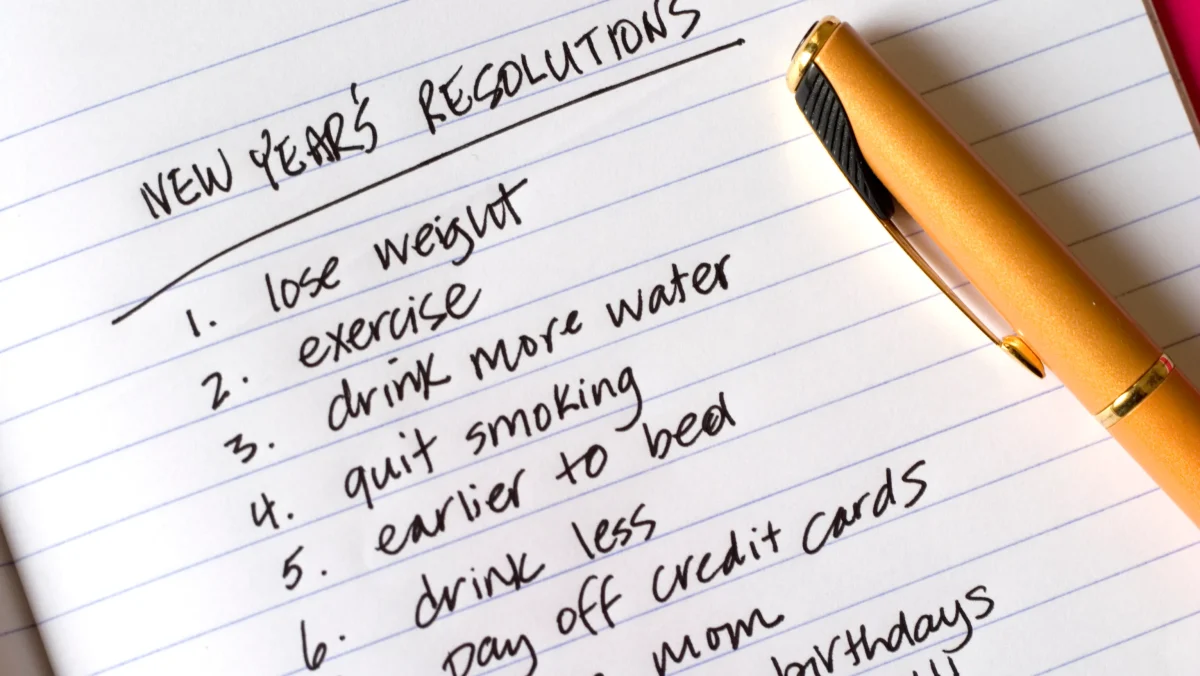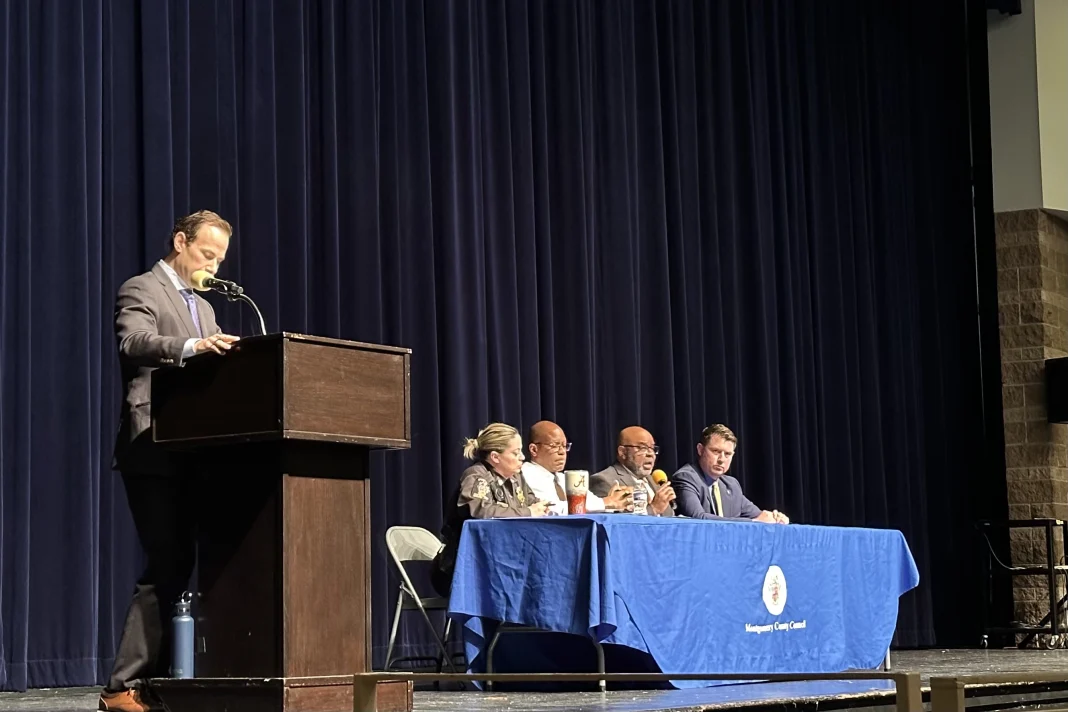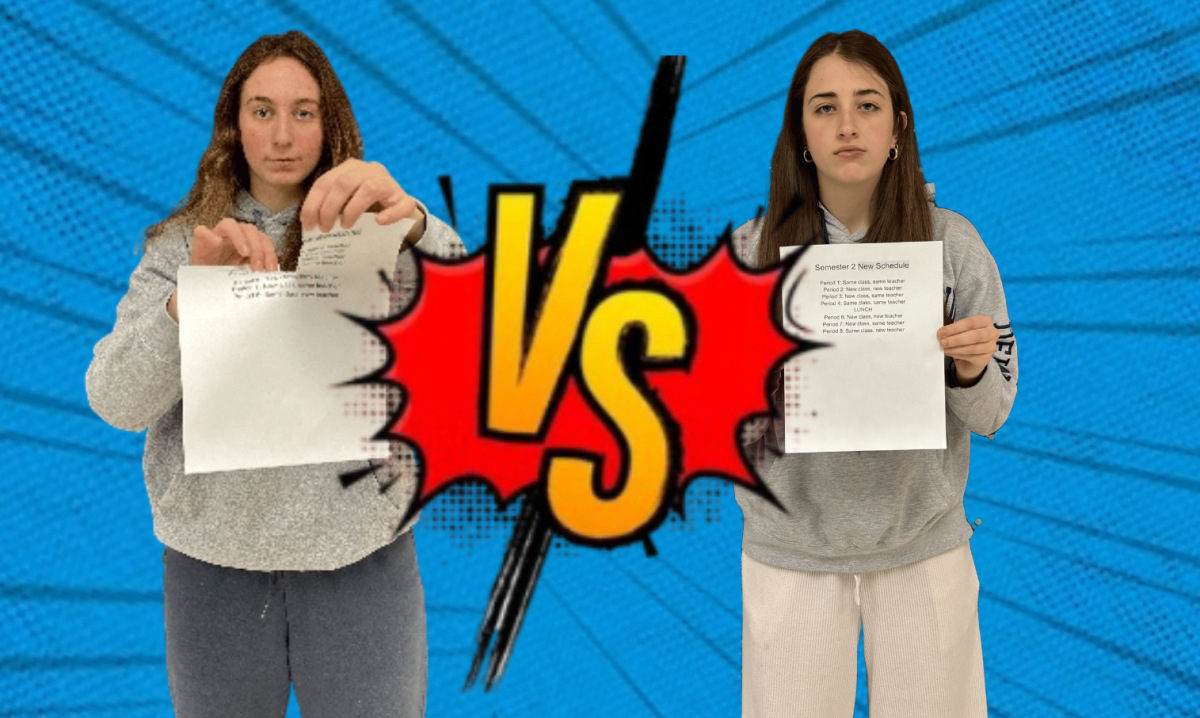The Pledge of Allegiance was originally written Sept. 8, 1892 with several additions made over the years. The version used today, with the words “under God” and the act of standing in salute to the flag on the wall was proposed and finally settled on in 1954.
For some people, the Pledge is a way for them to show national pride. For others, it is a task they would rather opt out of, but both groups should be able to make their decisions without facing the scrutiny of others.
In the famous Supreme Court case, West Virginia v. Barnette, the Court ruled that it was a violation of the First Amendment to make anyone stand for or say the Pledge. It is not up to the school system to determine how students show their political views.
So why is it, though we are not required to acknowledge the Pledge at all, that a daily announcement instructs students to rise for the Pledge, teachers often insist everyone rise, and students who remain sitting can be subject to questioning and dirty looks?
Just because someone does not rise for the Pledge does not make that person any less American or proud of the country. There are many different reasons why one could choose to remain seated.
The phrase “under God” could make someone without religious inclinations feel they need to remain seated. Though loyal to one’s country, one may not wish to say a Pledge that does not seem to respect the separation of church and state. Or, someone’s religion may be against pledging allegiance to a nation rather than their God.
However, religion is not the only controversy. While proud of their nation, many may not like the idea of just joining in on the Pledge, feeling it is in contrast to their freedom and individuality, and so they choose to remain seated.
These are many legitimate reasons to choose not to say the Pledge, just as there are many legitimate reasons for saying it. People like to feel united or want to show respect for the nation or honor our troops. For whatever reason, people choose to say the Pledge. Both groups should be able to make their own choices.
No more should the student who chooses to sit be questioned by teachers or peers. It is fine to respectfully inquire, out of curiosity, but teachers should not encourage a student to stand. When the majority is standing, it is not the easy choice to be the one to remain in one’s chair, and so the teacher should be the last person to make a student feel uncomfortable about his or her choice.
Though it is more common for the majority of the class to say the Pledge, if a student finds him or herself to be the only one rising to say the Pledge, the class and the teacher should be respectful of a student in that situation as well. Sometimes teachers continue to instruct or talk through the Pledge; this should not happen. All students should feel comfortable making their choice.
Whether students choose to sit or stand for the Pledge, they should be respected. The point of the Supreme Court case was to recognize our rights as Americans to show our patriotism in whichever way we please.













